- 全部删除
 您的购物车当前为空
您的购物车当前为空
Axitinib
Axitinib (AG-013736) 是一种多靶点酪氨酸激酶抑制剂,能够抑制 VEGFR1、VEGFR2、VEGFR3 和 PDGFRβ (IC50=4/20/0.4/2 nM)。Axitinib 具有抗肿瘤活性,用于肾细胞癌的治疗。
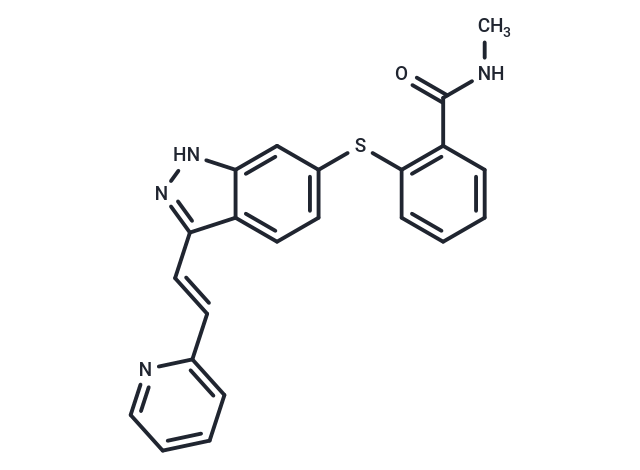

为众多的药物研发团队赋能,
让新药发现更简单!
Axitinib
一键复制产品信息Axitinib (AG-013736) 是一种多靶点酪氨酸激酶抑制剂,能够抑制 VEGFR1、VEGFR2、VEGFR3 和 PDGFRβ (IC50=4/20/0.4/2 nM)。Axitinib 具有抗肿瘤活性,用于肾细胞癌的治疗。
| 规格 | 价格 | 库存 | 数量 |
|---|---|---|---|
| 5 mg | ¥ 148 | In stock | |
| 10 mg | ¥ 197 | In stock | |
| 25 mg | ¥ 312 | In stock | |
| 50 mg | ¥ 442 | In stock | |
| 100 mg | ¥ 713 | In stock | |
| 500 mg | ¥ 1,980 | In stock | |
| 1 mL x 10 mM (in DMSO) | ¥ 485 | In stock |
Axitinib 相关产品
产品介绍
| 产品描述 | Axitinib (AG-013736) is a multi-targeted tyrosine kinase inhibitor that inhibits VEGFR1, VEGFR2, VEGFR3, and PDGFRβ (IC50=4/20/0.4/2 nM). Axitinib has antitumor activity and is used in the treatment of renal cell carcinoma. |
| 靶点活性 | VEGFR3:0.1-0.3 nM, c-Kit:1.7 nM, VEGFR2/Flk1:0.18 nM, PDGFRβ:1.6 nM, VEGFR2/KDR:0.2 nM, VEGFR1/FLT1:0.1 nM |
| 体外活性 | 方法:胶质瘤细胞 U87、T98 和 U251 用 Axitinib (0.1-100 µM) 处理 72 h,通过 MTT assay 测定细胞活力。 |
| 体内活性 | 方法:为检测体内抗肿瘤活性,将 Axitinib (30 mg/kg,0.5% methyl cellulose) 口服给药给携带 A2780、RMG1 或 HeyA8 MDR 肿瘤的 BALB/c nude 小鼠,每天两次,持续 35-40 天。 |
| 激酶实验 | Porcine aorta endothelial (PAE) cells overexpressing full-length VEGFR-2, PDGFR-β, KIT, and NIH-3T3 overexpressing murine VEGFR-2 (Flk-1) or PDGFR-α were generated as described previously. The ELISA capture plates were prepared by coating 96-well ReactiBind plates with 100 μL/well of 2.5 μg/mL anti-VEGFR-2 antibody, 0.75 μg/mL anti-PDGFR-β antibody, 0.25 μg/mL anti-PDGFR-α antibody, 0.5 μg/mL anti-KIT antibody, or 1.20 μg/mL anti-Flk-1 antibody. Measurement of RTK phosphorylation by ELISA was done as described previously [1]. |
| 细胞实验 | Endothelial or tumor cells were starved for 18 h in the presence of either 1% FBS (HUVEC) or 0.1% FBS (tumor cells). Axitinib was added and cells were incubated for 45 min at 37°C in the presence of 1 mmol/L Na3VO4. The appropriate growth factor was added to the cells, and after 5 min, cells were rinsed with cold PBS and lysed in the lysis buffer and a protease inhibitor cocktail. The lysates were incubated with immunoprecipitation antibodies for the intended proteins overnight at 4°C. Antibody complexes were conjugated to protein A beads and supernatants were separated by SDS-PAGE. The Super Signal West Dura kit was used to detect the chemiluminescent signal [1]. |
| 动物实验 | AG-013736, a receptor kinase inhibitor of VEGFRs and, at higher doses, PDGFRs (IC50 = 0.1 nmol/L for VEGFR-1, 0.2 nmol/L for VEGFR-2, 0.1–0.3 nmol/L for VEGFR-3, and 1.6 nmol/L for PDGFRβ; ref. 18), was provided by Pfizer Global Research and given once daily by gavage in a volume of 0.13 mL. Control animals received 0.5% carboxymethylcellulose drug carrier. Irradiations were done on nonanesthetized mice using a 137Cs source operating at 2.4 Gy/min. Mice were confined to plastic jigs with tumor-bearing legs extended through an opening in the side, allowing local irradiations. Fractionated doses were given in five daily 2 Gy fractions per week (omitting weekends). For combination treatments, radiotherapy was delivered first, and AG-013736 was given within ~4 h. Mice were sacrificed, and tumors were excised and then quick frozen (using liquid nitrogen) following 1, 2, or 3 weeks of treatment [3]. |
| 别名 | 阿昔替尼, 阿西替尼, AG-013736 |
| 分子量 | 386.47 |
| 分子式 | C22H18N4OS |
| CAS No. | 319460-85-0 |
| Smiles | C(=C/C1=CC=CC=N1)\C=2C=3C(=CC(SC4=C(C(NC)=O)C=CC=C4)=CC3)NN2 |
| 密度 | 1.35 g/cm3 |
| 存储 | store at low temperature,keep away from moisture,keep away from direct sunlight | Powder: -20°C for 3 years | In solvent: -80°C for 1 year | Shipping with blue ice/Shipping at ambient temperature. | ||||||||||||||||||||||||||||||
| 溶解度信息 | DMSO: 23.2 mg/mL (60.03 mM), Sonication is recommended. | ||||||||||||||||||||||||||||||
溶液配制表 | |||||||||||||||||||||||||||||||
DMSO
| |||||||||||||||||||||||||||||||
计算器
体内实验配液计算器
以上为“体内实验配液计算器”的使用方法举例,并不是具体某个化合物的推荐配制方式,请根据您的实验动物和给药方式选择适当的溶解方案。






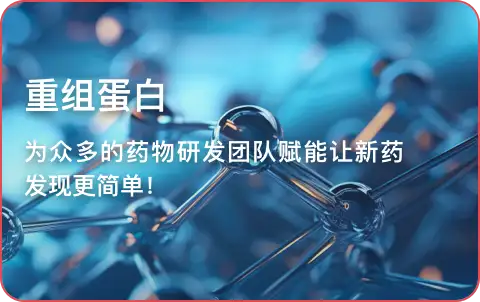



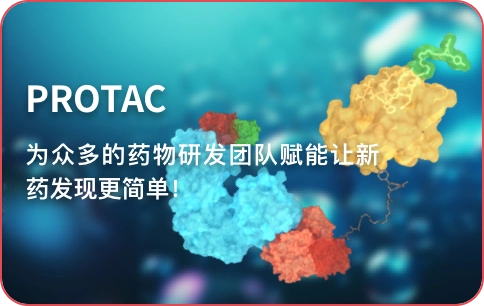




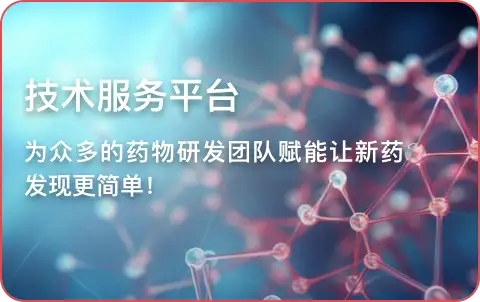
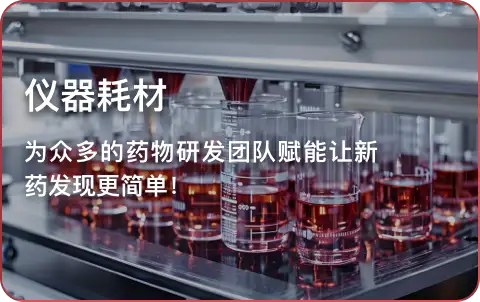
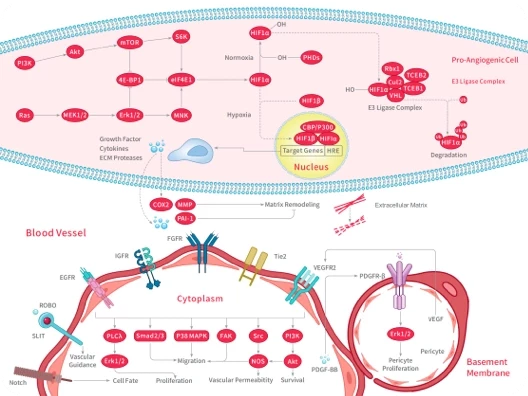
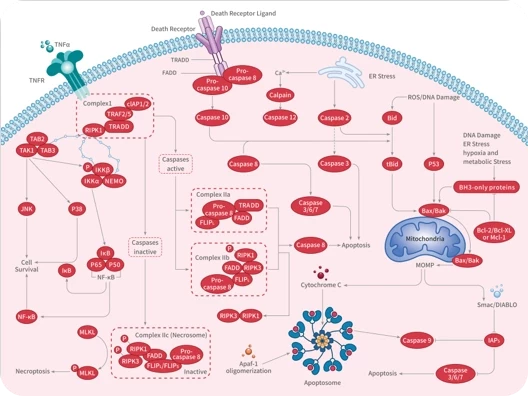
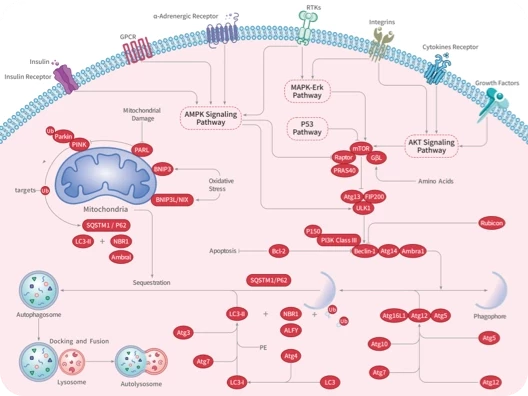

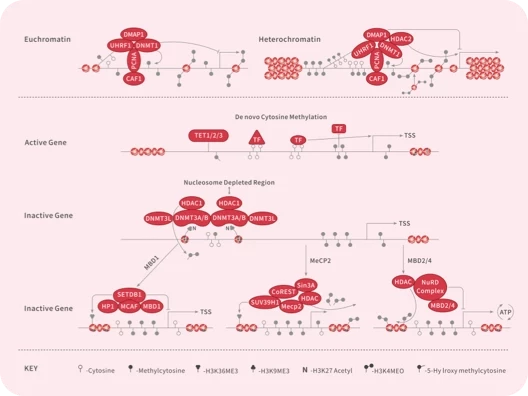
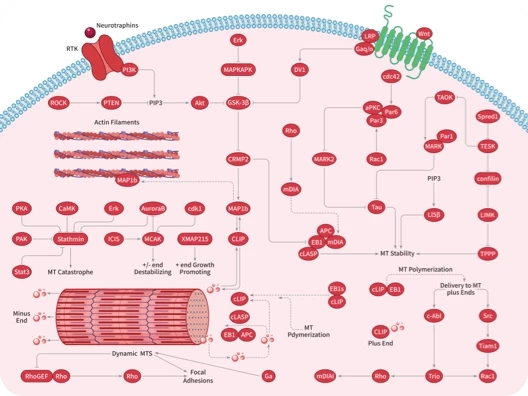
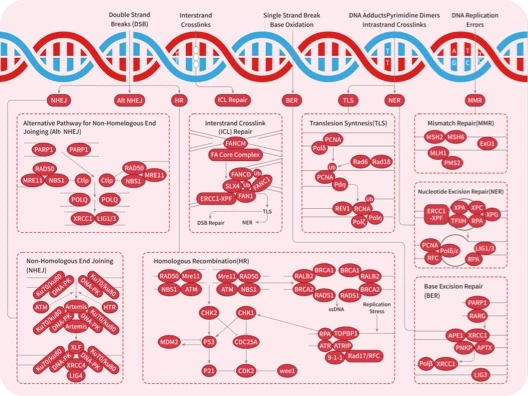
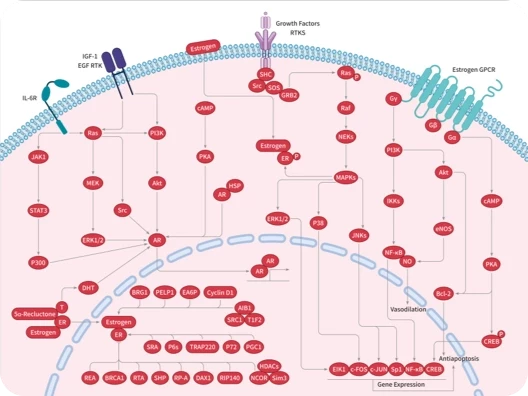
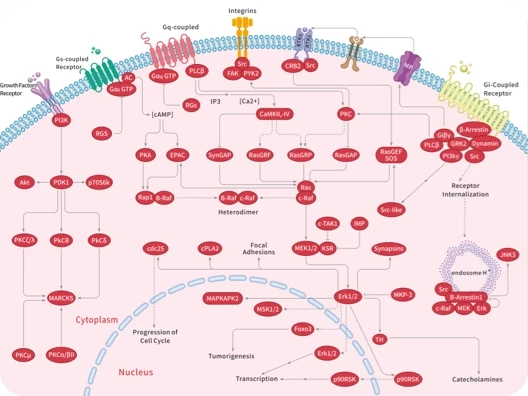
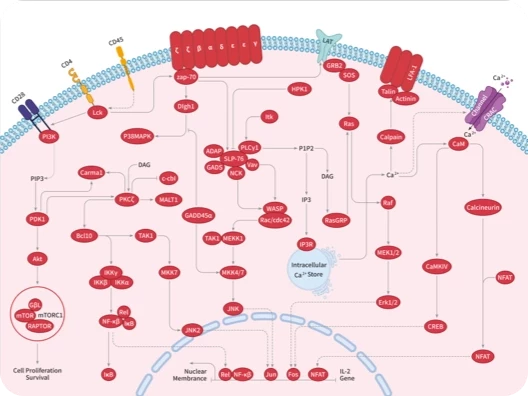
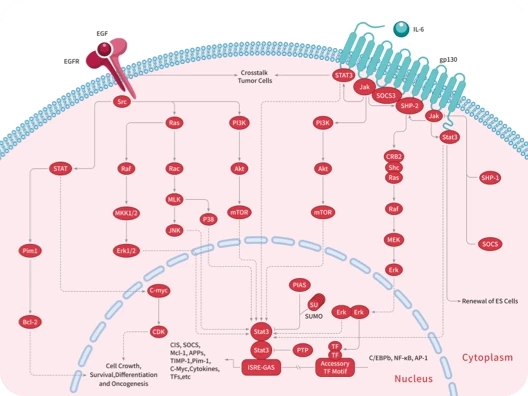
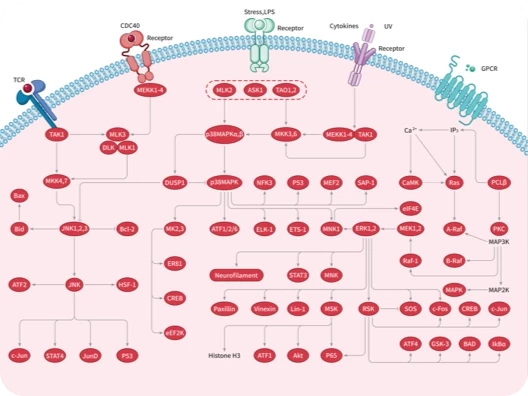
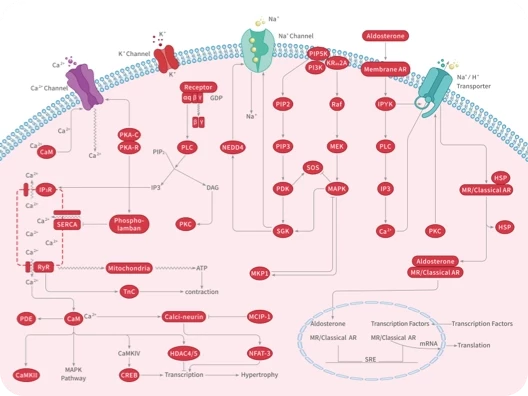
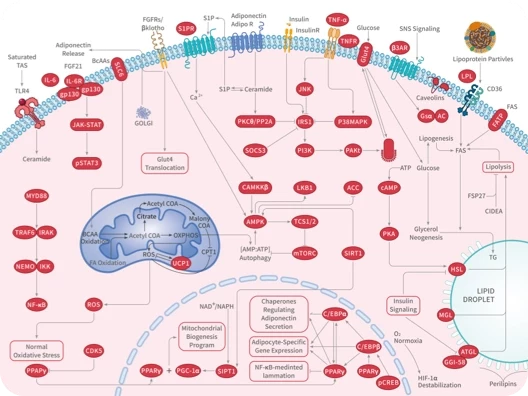
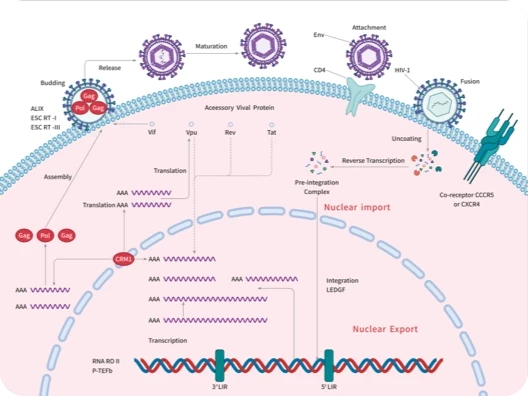


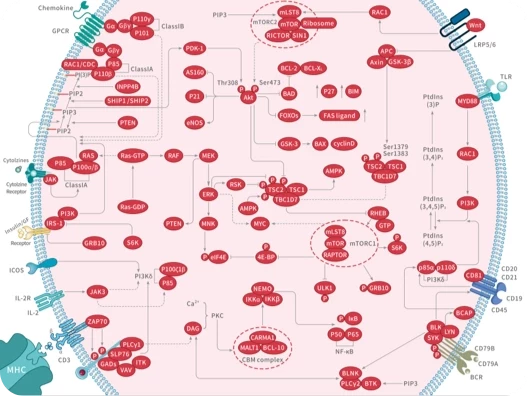
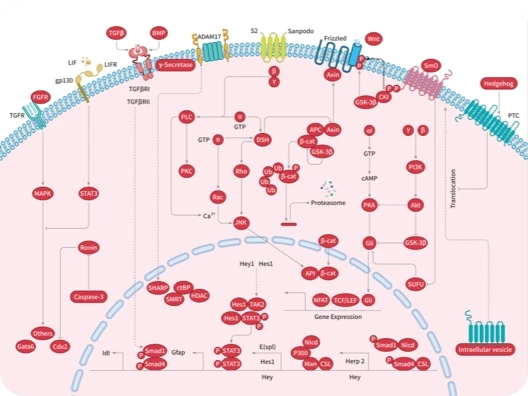

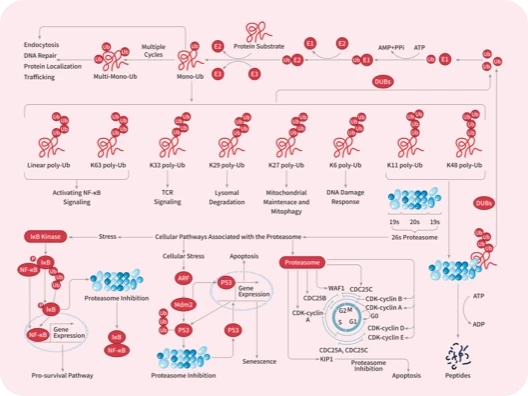

 很棒
很棒

 |
|
评论内容